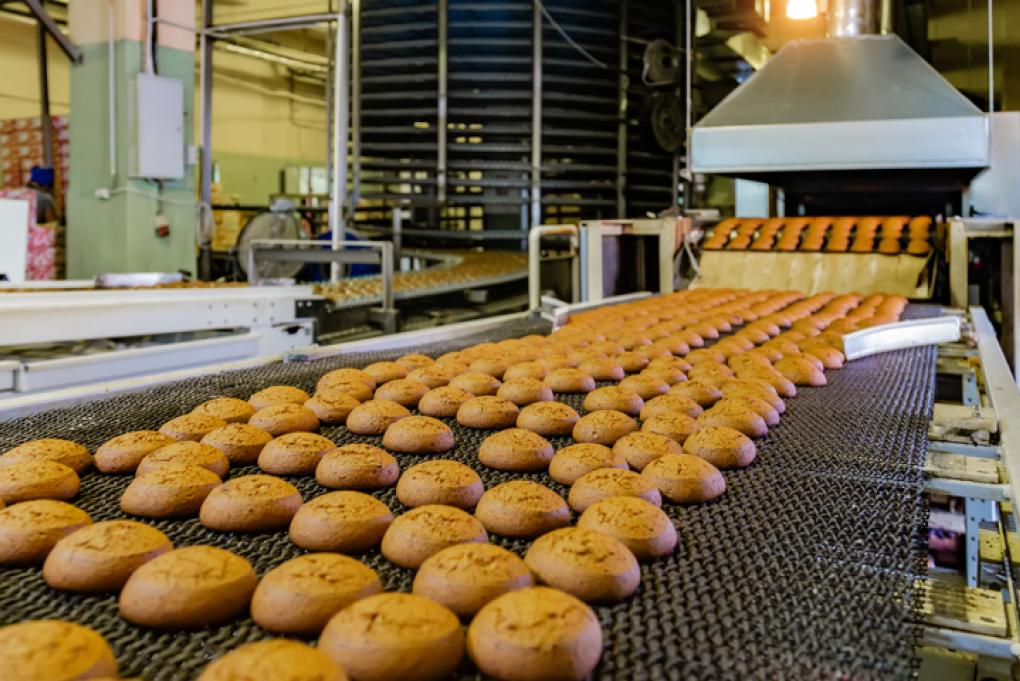
Spanish pork is thriving
The pork industry has consolidated its position as the most important sector for Spanish livestock farming, accounting for over 40% of final livestock production. It comprises around 86,500 farms and 2,600 processors, with most of its production concentrated in just three regions: Catalonia, Aragon and Castile & Leon. Recently, the pork industry has managed to handle the fall in demand due to COVID-19 better than other meat sectors, a result of it being less dependent on the hospitality channel and also the increase in demand from China, whose domestic production has been severely affected by African swine fever (ASF). This situation has allowed Spain’s pork industry to consolidate its position as one of the major players in the EU and the world. The challenges that now need to be tackled by the sector include reducing its pollutant emissions and continuing to strictly apply the necessary biosecurity measures to stop ASF from entering Spain.
The pork sector was hardly affected by the COVID-19 crisis
As a large part of its production is exported (59% in 2020), the impact of the health crisis on pork14 was less than for other subsectors of the Spanish meat industry, such as sheep and goat, in a year in which foreign demand grew considerably due to the effects of swine fever in China. Furthermore, domestic demand (which absorbs the remaining 41%) was hardly affected by the pandemic, as the increase in consumption of fresh pork at home (+9%) more than offset the sharp decline in consumption in the hospitality channel (–47%), which accounts for just 7% of total pork consumption.15 However, the most noble cuts (such as processed meat, i.e. sausages) suffered more extensively from the effects of COVID-19, as they are more closely linked to restaurants. Consequently, per capita out-of-home consumption of hams and shoulders, the sector’s highest value-added product, fell by 48% in 2020.
- 14According to MAPA, the swine meat sector contains the subproducts with the following TARIC: 021011; 021019; 160241; 160242; 160249; 0203; 02109949; 021012; 020649; 020910; 020630; 020641; and 16029051.
- 15Consumption data have been taken from the MAPA report «Informe del Consumo Alimentario en 2020».
The crisis caused by African swine fever in other major pork-producing countries enabled Spain’s sector to lead production and exports in the EU in 2020
There is no doubt that the pork sector is one of the most competitive in Spanish agriculture, considering that almost half its production is destined for foreign markets, not only in the EU but also Asia (China, Japan and South Korea account for more than 50% of Spain’s pork exports). The upward trend observed in Spain’s pork sector over the past decade has been boosted since 2019 by the extraordinary increase in its exports, totalling over €7,267 million in 2020, after growing by 33% in 2019 and 22% in 2020; a trend that has been maintained in H1 2021 (+11% vs. H1 2020). The sector’s foreign sales have therefore gone from representing barely 0.7% of total Spanish agrifood exports in 2018 to accounting for close to 5% in just a couple of years.

However, most of the increase in exports in the last two years is largely due to a cyclical factor. The 2018 outbreak of African swine fever (ASF) in China radically decimated its pig herd, which until then had accounted for 45% of global production.16 To meet its huge domestic demand, China was forced to urgently source pork from other major global producers. Germany, the largest European producer, was also affected by ASF in 2020, passing the baton on to Spain, which became China’s main supplier and also achieving unprecedented prices (up by +19% compared with the average of the previous five years).
- 16ASF is a highly contagious and fatal viral disease affecting both domestic and wild pigs. It cannot be transmitted to humans, nor to animals other than pigs.
Main destinations for Spanish pork exports
Despite the considerable increase in exports in 2020, not all subproducts have fared equally well. The less noble cuts (with a lower price per kilo) saw the highest growth in 2020, as can be seen in the chart below. On the other hand, as was the case in the domestic market, the finer cuts of pork (such as ham and shoulder) also suffered from the fall in global demand for this type of product and the reorientation of exports to China, a market that tends to buy more economical meat products. Consequently, if we exclude sales to China, the value of the sector’s exports to all other destinations actually fell by 9% in 2020.
Spanish pork exports by subproduct

The challenges facing the sector: dependence on China is not sustainable over time…
As we have seen, the extraordinary growth enjoyed by Spain’s pork sector in recent years is largely attributable to Chinese demand. At present, China continues to suffer from recurrent outbreaks of ASF (the latest and largest occurring between the end of 2020 and February this year), these being difficult to control due to a lack of resources and knowledge among a livestock farming system made up mostly of small family farms.

In any case, it is only a matter of time before China’s pig herd recovers and the country’s need to supply itself outside its borders will decrease. In fact, in 2020 some of China’s largest pork producers invested heavily in large-scale farms.17 Spain’s strategy should therefore be to strengthen its competitive position in the Asian market and, above all, redirect its exports towards markets with higher added value, where more noble cuts are in demand. As in the domestic market, such demand tends to be highest in the hospitality channel.
- 17The most striking has been the creation of a macro pig farm in Nanyang by the industry giant Muyuan Foods (the world’s biggest pork producer), by far the largest farm in the world (about 10 times the average farm in the US), automated and with strict biosecurity measures, where production is expected to reach just over 2 million pigs per year.
... as well as entailing environmental problems
The second major challenge for the sector is related to its green transition. From an environmental point of view, the very strong growth in domestic production is posing a problem for those regions where pork production is concentrated (Catalonia, Aragon and Castile & Leon). Apart from the issue of resource use by the agrifood industry as a whole, particularly water consumption, the pork industry contributes to air pollution through the ammonia emitted by pig slurry. In the past six years, air pollution from such emissions has doubled from 9,500 tonnes in 2012 to 21,000 tonnes in 2018, according to the official PRTR register.18
Therefore, the sector’s future will depend on its capacity to evolve towards a much more sustainable production system, as part of the environmental targets of the new European Green Deal.19 Pork industry experts believe it is necessary to take action in all stages of the production cycle, from the breeding of pigs to managing their waste, as well as at animal farms, the collection, storage, processing and depositing in fields of the excrement (slurry and manure). Although large pork producers are considering strategic plans with specific environmental targets, the vast majority of firms are SMEs and micro enterprises, which find it more difficult to implement such practices. The new measures being negotiated in the strategic plans for the next CAP will undoubtedly help to steer the sector towards these environmental goals.
- 18PRTR is the Spanish Register of Emissions and Pollutant Sources. Information can be consulted at the level of industrial complex or aggregated by business sector, pollutant, type of waste or geographical area.
- 19See the following link for further analysis of the subject: https://www.caixabankresearch.com/en/economics-markets/public-sector/european-green-deal-between-desirable-and-feasible?220=



